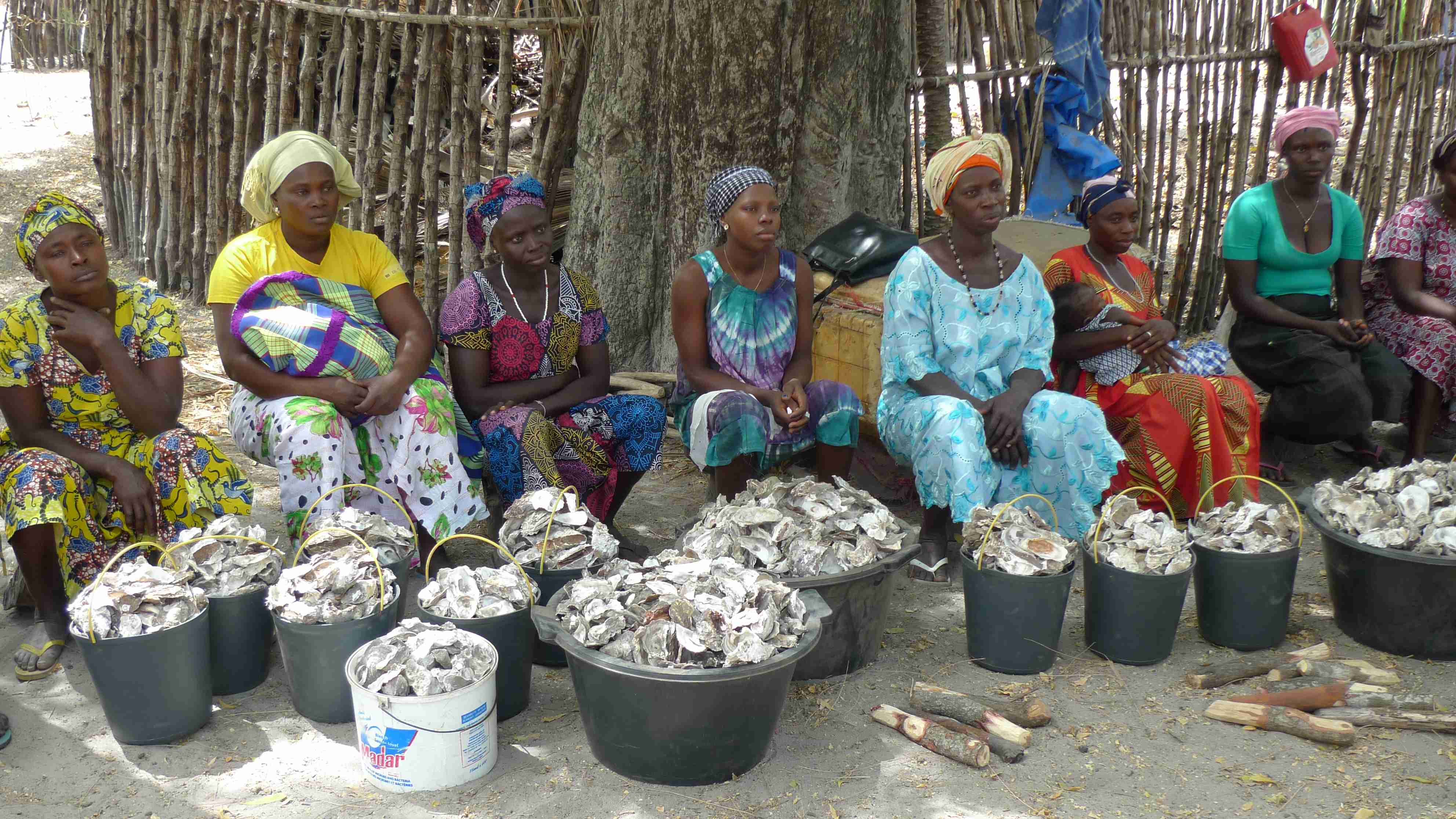Boosting Scotland's Coastline: A Seagrass Restoration Initiative

Table of Contents
The Ecological Importance of Seagrass Meadows in Scotland
Seagrass meadows are often referred to as the "blue forests" of the ocean, and for good reason. Their importance to the Scottish coastline cannot be overstated.
Biodiversity Hotspots
Seagrass beds are incredibly biodiverse habitats, teeming with life and supporting a complex web of interactions.
- Nursery Grounds: They provide crucial nursery grounds for commercially important fish species like cod, haddock, and plaice, contributing significantly to sustainable fisheries.
- Refuge and Feeding Grounds: Numerous invertebrates, from tiny crustaceans to larger shellfish, find refuge and abundant food within the seagrass leaves and roots. These invertebrates, in turn, support a larger food web.
- Habitat Complexity: The intricate structure of seagrass beds provides shelter and habitat for a wide range of species, including seahorses, sea urchins, and various types of algae, increasing overall biodiversity.
Coastal Protection and Carbon Sequestration
Beyond their biodiversity value, seagrass meadows play a vital role in protecting our coastline and mitigating climate change.
- Erosion Control: The dense root systems of seagrass stabilize sediments, reducing coastal erosion and protecting valuable shorelines and infrastructure. This is especially crucial in areas vulnerable to storm damage.
- Natural Buffer: Seagrass acts as a natural buffer against wave energy, reducing the impact of storms and mitigating the effects of flooding.
- Carbon Sink: Seagrass is remarkably effective at sequestering carbon dioxide from the atmosphere, potentially at a rate exceeding that of terrestrial forests. This "blue carbon" plays a significant role in combating climate change.
Current Threats to Scotland's Seagrass Meadows
Despite their importance, Scotland's seagrass meadows face a multitude of threats, both from human activities and the impacts of climate change.
Human Impacts
A range of human activities are placing significant pressure on these vital ecosystems.
- Physical Damage: Dredging for navigation channels and the destructive impact of boat anchors cause direct physical damage, uprooting seagrass and destroying habitats.
- Nutrient Pollution: Runoff from agriculture and sewage introduces excessive nutrients into the water, leading to algal blooms that smother seagrass and reduce light availability.
- Chemical Pollution: Industrial discharges and other forms of chemical pollution can be toxic to seagrass, hindering its growth and survival.
Climate Change
The effects of climate change are exacerbating the challenges facing seagrass meadows.
- Rising Sea Temperatures: Increased water temperatures stress seagrass, reducing its growth rate and making it more susceptible to disease.
- Ocean Acidification: The increasing acidity of the ocean weakens the ability of seagrass to build and maintain its structural integrity.
- Increased Storm Intensity: More frequent and intense storms cause physical damage, uprooting seagrass beds and leading to significant habitat loss.
The Seagrass Restoration Initiative: Methods and Challenges
The Seagrass Restoration Scotland initiative is working to combat these threats and restore degraded seagrass meadows.
Restoration Techniques
The initiative employs a multifaceted approach, combining various restoration techniques.
- Seagrass Transplantation: This involves collecting seagrass shoots from healthy areas and transplanting them into degraded areas, carefully selecting suitable sites and monitoring their growth.
- Habitat Restoration: This focuses on improving water quality by addressing pollution sources and reducing physical stressors, creating a more favorable environment for seagrass growth.
- Community Engagement: Involving local communities in monitoring and restoration efforts is crucial for long-term success. Educating the public about the importance of seagrass is also vital.
Challenges and Future Outlook
Seagrass restoration is a complex and long-term undertaking facing numerous challenges.
- Funding: Securing sufficient funding for large-scale restoration projects is crucial for achieving significant impact.
- Monitoring: Developing and implementing effective monitoring techniques to track restoration success and adapt strategies as needed is essential.
- Long-term Sustainability: Addressing the underlying causes of seagrass decline, such as pollution and climate change, is vital for ensuring the long-term sustainability of restoration efforts.
Conclusion
Seagrass restoration is paramount for the health of Scotland's coastline and its rich biodiversity. The Seagrass Restoration Scotland initiative represents a vital step towards protecting these invaluable underwater ecosystems. By tackling the threats to seagrass and employing effective restoration strategies, we can safeguard the long-term health and resilience of Scotland's marine environment. Join the effort to support Seagrass Restoration Scotland and help protect our precious coastline. Learn more about how you can get involved in seagrass restoration projects in Scotland and contribute to a healthier marine ecosystem. Together, we can make a difference for future generations.

Featured Posts
-
 French Minister Valls Urges Shared Responsibility In New Caledonia Ahead Of Third Visit
May 05, 2025
French Minister Valls Urges Shared Responsibility In New Caledonia Ahead Of Third Visit
May 05, 2025 -
 2025 Louisiana Derby A Deep Dive Into Odds Contenders And Kentucky Derby Prospects
May 05, 2025
2025 Louisiana Derby A Deep Dive Into Odds Contenders And Kentucky Derby Prospects
May 05, 2025 -
 Jogo Do Corinthians Hoje Guia Completo Para Assistir A Partida
May 05, 2025
Jogo Do Corinthians Hoje Guia Completo Para Assistir A Partida
May 05, 2025 -
 Kentucky Derby 151 What You Need To Know Before Race Day
May 05, 2025
Kentucky Derby 151 What You Need To Know Before Race Day
May 05, 2025 -
 Who Is Russell Westbrooks Wife Nina Her Career Kids And Family Life
May 05, 2025
Who Is Russell Westbrooks Wife Nina Her Career Kids And Family Life
May 05, 2025
Latest Posts
-
 Verstappen Welcomes Child Prepares For Miami Race
May 05, 2025
Verstappen Welcomes Child Prepares For Miami Race
May 05, 2025 -
 Verstappen And Piquets Daughter Lily The Latest News From Formula 1
May 05, 2025
Verstappen And Piquets Daughter Lily The Latest News From Formula 1
May 05, 2025 -
 Max Verstappen Reveals Babys Name Ahead Of Miami Race
May 05, 2025
Max Verstappen Reveals Babys Name Ahead Of Miami Race
May 05, 2025 -
 Formula 1 Star Max Verstappen Announces Babys Arrival
May 05, 2025
Formula 1 Star Max Verstappen Announces Babys Arrival
May 05, 2025 -
 Maks Ferstappen Radostnoe Sobytie V Seme Gonschika
May 05, 2025
Maks Ferstappen Radostnoe Sobytie V Seme Gonschika
May 05, 2025
